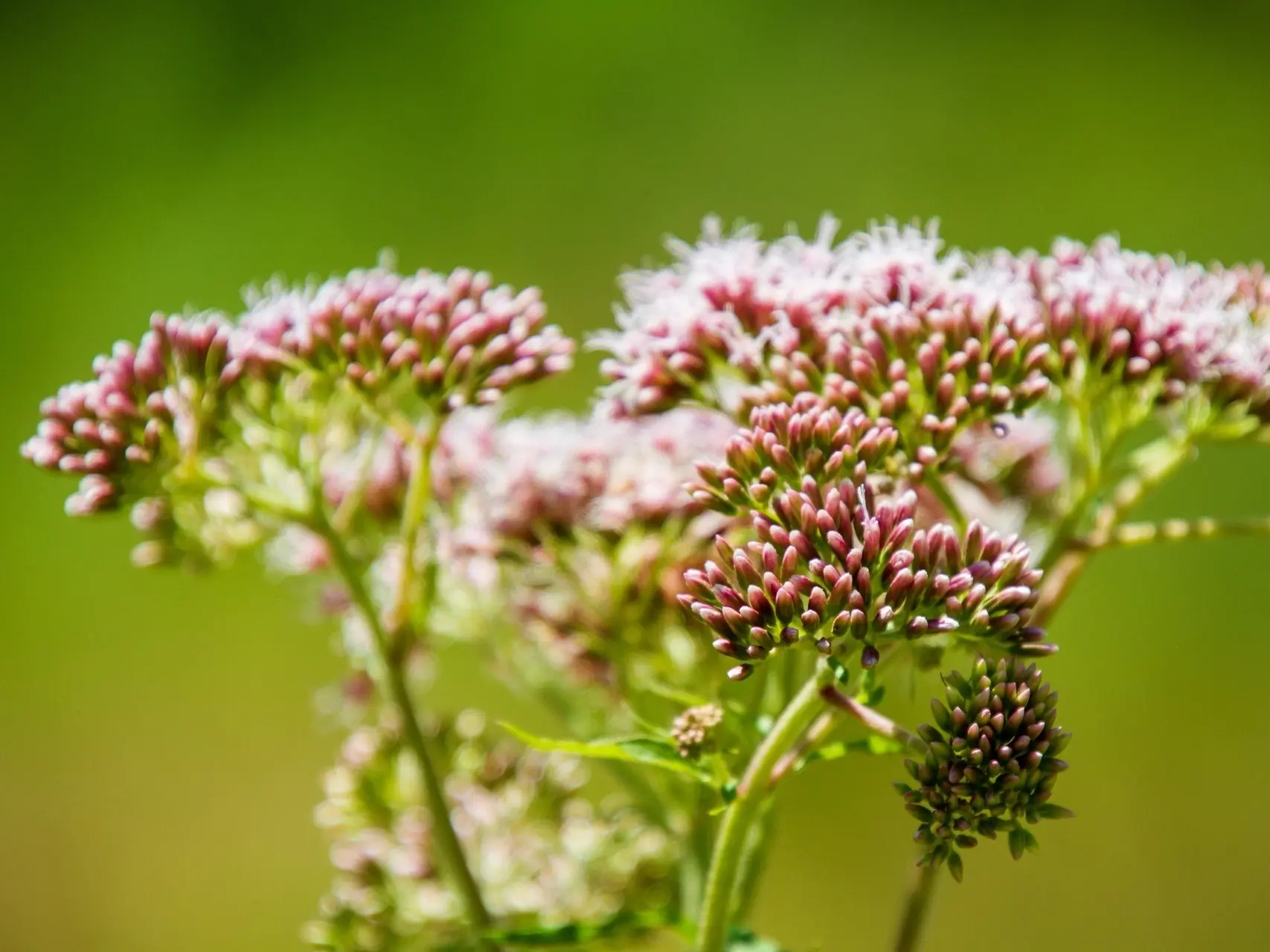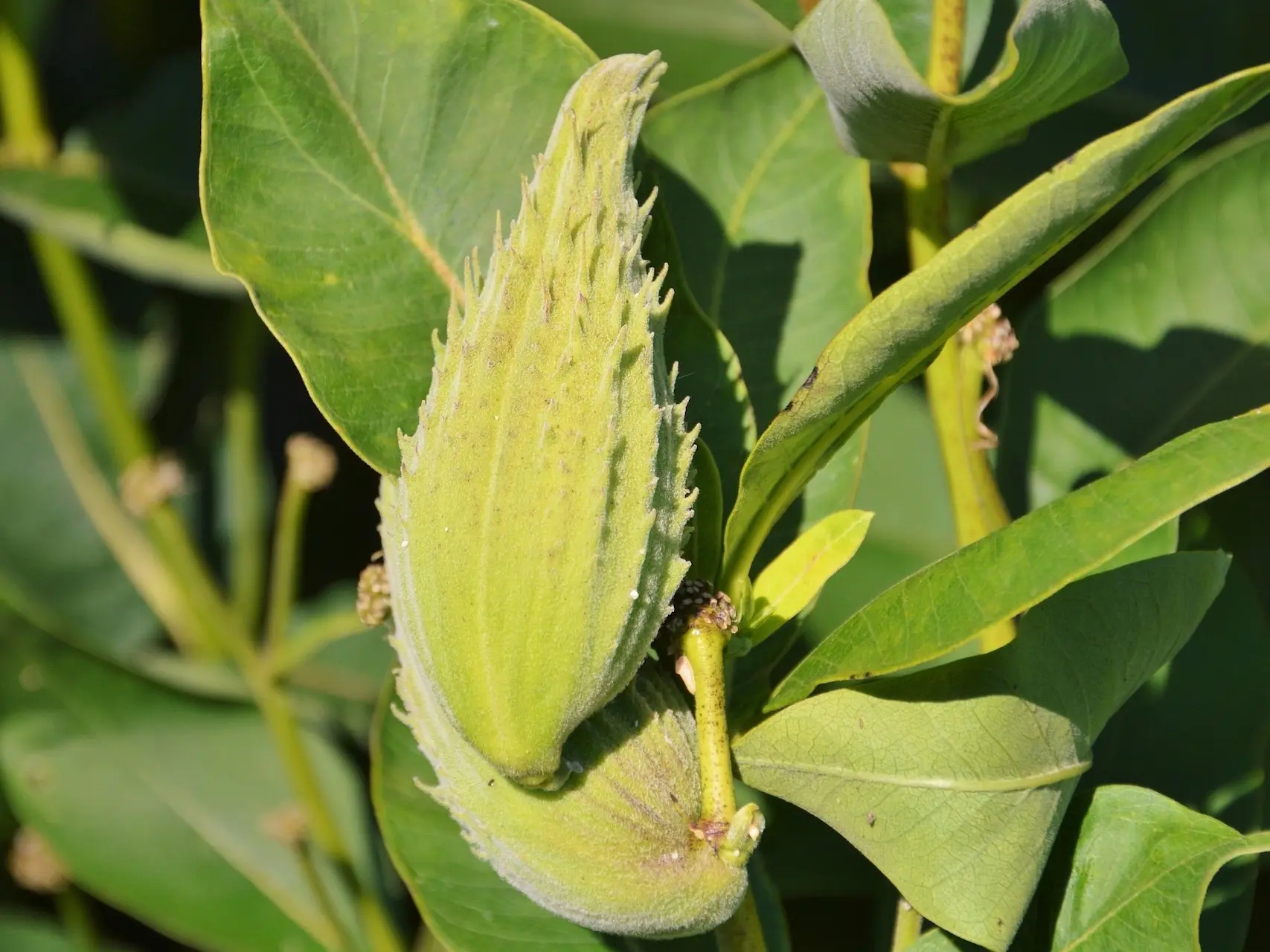
Welcome to another edition of the a-z of plants that don’t like your horse. Today’s plant is one not everyone will know, but one that horse owners should take note of. While pretty, Milkweed is an incredibly obvious plant, so it’ll be an easy one to avoid.
A Little About Milkweed
Asclepias is also called Butterfly Flower, Silkweed, Virginia Silkweed & Milkweed. This is a perennial with unbranched stems that are covered in short hairs. Leaves are oblong, three to eight inches & opposite. Flowers are pink/ lavender, grow in a ball-like clusters & are very fragrant. Fruit grows in brown flat, brown pods.
How Dangerous Is It?
Like most toxic plants, this plant is unpalatable & not generally a concern except for during drought conditions. However, the plant is toxic enough to keep your animals well away from.
All parts of this plant are toxic & can be fatal to equines.

What To Look For
You know your animal the best, so you should know when something is amiss. Milkweed toxicity symptoms include dizziness, depression, bloating, loss of coordination, drooling, loss of muscular control, spasms, seizures, colic, rapid, weak pulse & trouble breathing.
Learn More
Be sure to check out the Milkweed page to learn more about the plant & while you are at it why not check out more toxic plants?
*It should be noted that we’re not veterinarians. This information is written specifically for horses & should be used for reference purposes only. If you think your horse has eaten something toxic call your vet right away.